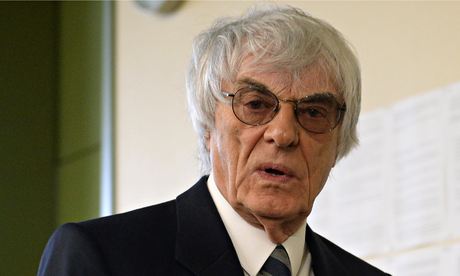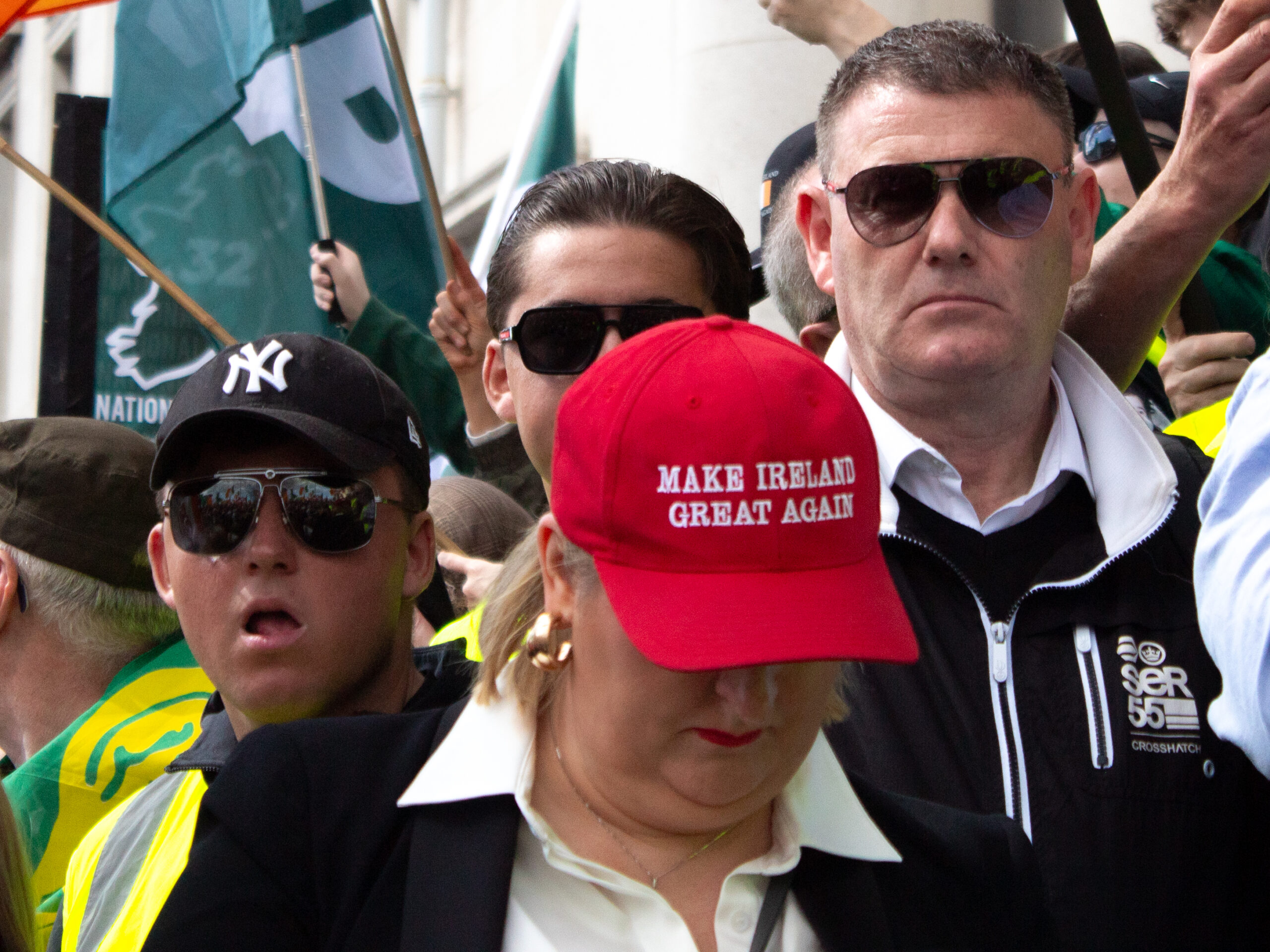Ed Kevin | Contributing Writer
Formula One generates more than $1.8 billion per year, visiting Monaco, Abu Dhabi and whatever other states are willing to pay tens of millions for the honour of hosting a Grand Prix. The best drivers earn outrageous salaries, the sponsors pay huge amounts to have their logo barely noticeable on a car’s front wing, and the man in charge, Bernie Ecclestone, has consistently been one of Britain’s top 10 wealthiest men for the last two decades. Ecclestone is an 84 year old who manoeuvred his way into a position of supreme influence over the sport and its finances. It’s a massive sporting juggernaut with seemingly endless reserves of money to draw upon. The reality is that this is all a façade. Many of the teams that are responsible for the most basic and necessary aspect of F1- putting cars on track – are barely able to survive. In the past fortnight, two teams, Marussia and Caterham, have entered administration and in all likelihood will never race again. It could be argued that this is only fair, that sport should be a meritocracy and if teams can’t survive then that can only be their fault. This situation is not entirely the fault of these teams, however; most of the contributing factors were out of their control.
The first issue is that the teams are only given a miniscule slice of the financial pie. The commercial rights-holders of the sport, who make the profit from race fees and television rights, are a group of investors called CVC Capital Partners. Along with Ecclestone, they ‘own’ F1, in the fiscal sense at least. They effectively dictate how much money the teams as a whole can receive. The Concorde Agreement, an agreement between the sports’ governing body and the teams on financial distribution that was excruciatingly negotiated in 2013, means they receive 50% of the television rights, given proportionally to their place in the Constructors Championship. Everything else must come from the teams themselves, and for the smaller teams this means total reliance on sponsors and drivers willing to pay to race. The latter is a particular problem, as it means that talented young drivers with a potential future in the sport are overlooked for those who can pay. F1 is meant to be the pinnacle of motorsport, but if the best drivers can’t get a look-in because of financial restrictions, then this claim is a fallacy.
The next key problem is that the budget necessary to survive in F1, let alone to be competitive, is outrageous.This isn’t a problem for Mercedes, Ferrari and Red Bull who have the backing of a major manufacturer or a sponsor willing to plough endless funds into a team for publicity, but it is for smaller teams without bottomless pockets. There have been repeated attempts to introduce a budget cap in order to level the playing field and allow the survival of smaller teams, but each attempt has been blocked by the wealthy teams at the front of the grid.
It’s in their short-term interest to maintain their financial advantage over everyone else. This was what caused the downfall of Marussia and Caterham. They were accepted to join F1 in 2010 along with two other teams, USF1 and Campos. All four were reliant on a new budget cap being in force but this was never implemented, inevitably stymieing their competitiveness and sustainability.USF1 never reached the grid while Campos were bought out twice and went bankrupt in 2012. Cumulatively the four 2010 teams scored two points, had a best finish of 9th and have now disappeared less than five years later.
The current problems can be placed in stark contrast to the situation less than a decade ago. In 2008, Toyota, Honda, Renault and BMW all had full works teams while Ford had only withdrawn due to lack of competitiveness a couple of years earlier. By 2010, all three had left the grid; it was no longer in their interest to prop up a loss-making F1 team following the 2008 financial crisis. In their place came the new teams, reliant on pay-drivers and the tiny amount of the TV rights they got from finishing 10th or 11th in the Championship. The difference is startling.
So where does the leave Formula One? Next season there are set to be nine teams. Sauber and Lotus both have major question marks over their ability to continue beyond next season. The contracts with race organisers mandate a grid of at least 16 cars, so if there were to be less than eight teams, it would be necessary to introduce three-car teams. The extra financial pressure that this could bring may push teams such as Force India, Williams or even McLaren further to the financial precipice and it is very plausible that by the end of this decade, the grid will comprise of only 4 or 5 teams running 4 cars each. This is a farcical situation that would drive away viewers and potentially be fatal to the sport. To avert it, the teams as a whole need to see more of the profit made by F1, the amount given to the teams needs to be distributed more evenly and the budget necessary to survive and progress as a team needs to be reduced. A budget cap, supported by all the teams and with severe penalties for exceeding it, would be an important step. Unfortunately, it looks unlikely that any compromise will be found between all parties in the short term, leaving Formula One’s future uncertain at best.







